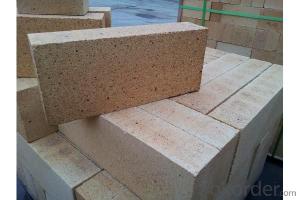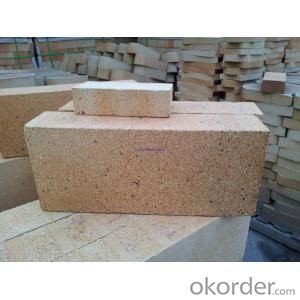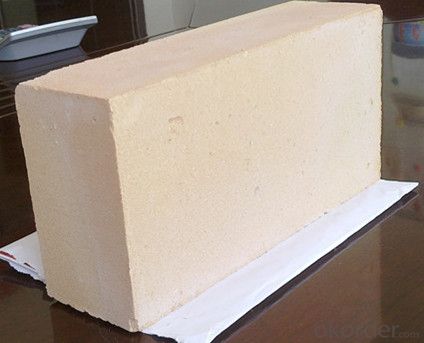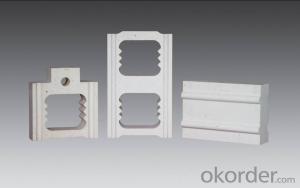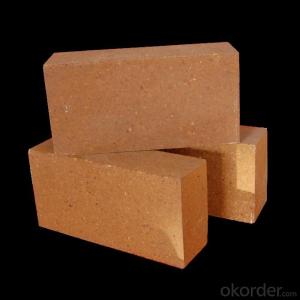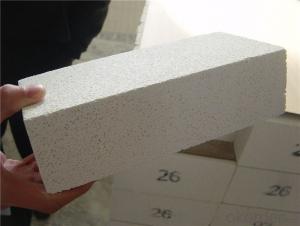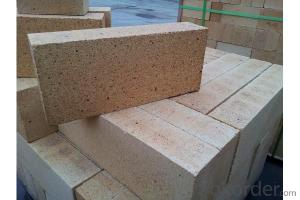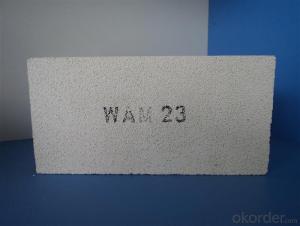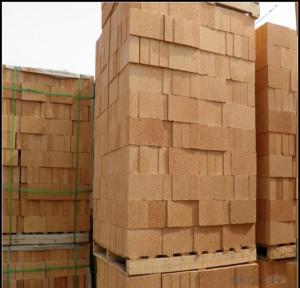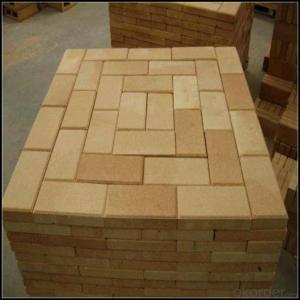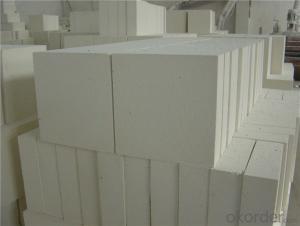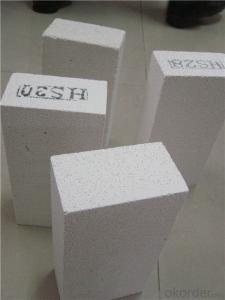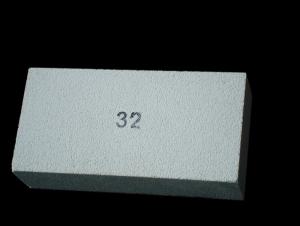Insulating Fire Brick for Blast Furnace and Industrial Kiln
- Loading Port:
- Tianjin
- Payment Terms:
- TT OR LC
- Min Order Qty:
- 20 m.t.
- Supply Capability:
- 10000 m.t./month
OKorder Service Pledge
OKorder Financial Service
You Might Also Like
CNBM conforms strictly to the requirements of ISO 9000 quality control system during the production. MSDS is also available if you want. The thermal insulation fire clay brick meet with the requirements of ASTM & JIS standards. So pls stay cool with our quality.
Insulating Fire Brick Technical index
Product No. | IFB70 | IFB60 | IFB50 | IFB40 |
Al2O3 | 68%-72% | 58%-62% | 48%-52% | 38%-40% |
Refractoriness (°C ) | ≥1790 | ≥1790 | ≥1790 | ≥1790 |
Bulk density (g/cm3) | 2.50-2.60 | 2.35-2.45 | 2.20-2.30 | 2.10-2.20 |
Apparent porosity (%) | 22 | 19-22 | 17-20 | 17-20 |
Cold Crushing strength (kg) | 480-510 | 450-480 | 430-450 | 390-430 |
Application
Insulating Fire Brick are used for the lining of converter, alternating current arc furnace, direct Current arc furnace and the ladle slag line, etc.
Equipment
1 unit of Ceramic Abrasive (SG Abrasive) pilot production line
2 units of Compact grain Abrasive pilot production lines
1 unit of high-end coated abrasives (abrasive cloth) production line
2 units of Boron Carbide production lines
3 large flexible crushing and sieving lines for grit production lines
2 units of 2000KVA furnaces for Boron Carbide fusion
6 units of 5000KVA-10000KVA dumping type electric arc furnaces for Brown Fused Alumina fusion
Company Advantage
(1)Long Insulating Fire Brick manufacture history: 25 years manufacturer
(2)Advanced equipment
(3)Diversification of production standards: ISO ANSI FEPA JIS ASTM
(4)Flexible payment: T/T L/C D/P D/A
(5)Professional marketing team and after-sale service
(6)Free sample
FAQs
Q1 |
What’s the transport method? |
A1 | FCL delivery goods with wooden pallet or wooden case by sea; If LCL delivery, must with wooden case; Sometimes need open top, flat rack or bulk cargo. |
Q2 |
What’s the required payment term? |
A2 | Generally 30% TT as the prepayment, 70% TT before delivery. If need, 100% Irrevocable Letter of Credit or negotiation. |
Q3 |
Which country are our products exported to? |
A3 | Apart from entire Chinese market, the US, Russia, Japan, Korea, Australia and some Southeast Asian Nations. |
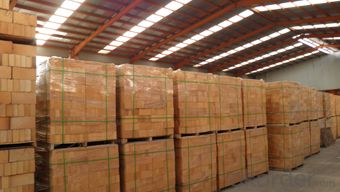
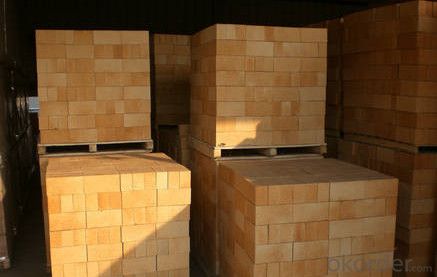
- Q: Can insulating fire bricks be used in the construction of glassware production furnaces?
- Insulating fire bricks are capable of being used in the construction of furnaces for glassware production. These fire bricks are specially designed to possess low thermal conductivity, enabling them to tolerate extreme temperatures while effectively providing insulation. This quality makes them highly suitable for deployment in furnaces dedicated to glassware production, as they aid in heat retention and minimize energy wastage. Moreover, these fire bricks exhibit resistance to thermal shock, which is vital in glassware production where sudden temperature fluctuations can arise. In summary, the incorporation of insulating fire bricks in the construction of furnaces for glassware production ensures the equipment operates efficiently and safely.
- Q: Can insulating fire bricks be used in the construction of industrial boilers?
- Industrial boilers can utilize insulating fire bricks for their construction. These bricks are specially designed with low thermal conductivity, making them ideal for retaining heat in high-temperature applications. In the case of industrial boilers, insulating fire bricks can be used to line the combustion chamber and other areas that require insulation. The use of insulating fire bricks in industrial boilers offers several advantages. Firstly, their low thermal conductivity helps reduce heat loss, thereby improving the overall energy efficiency of the boiler. This can lead to significant cost savings in the long run. Additionally, these bricks have a high resistance to thermal shock, making them capable of withstanding frequent temperature fluctuations without cracking or breaking. This is particularly important in boiler applications where temperatures can change rapidly. Moreover, insulating fire bricks are lightweight and easy to install, making them a convenient choice for construction projects. They can be shaped and cut to fit the specific requirements of the boiler, allowing for a precise and efficient installation process. In summary, the use of insulating fire bricks in the construction of industrial boilers is a suitable choice due to their excellent thermal insulation properties, resistance to thermal shock, and ease of installation.
- Q: Is it possible to recycle broken insulating fire bricks?
- Yes, it is possible to recycle broken insulating fire bricks. These bricks can be crushed and used as aggregate in the production of new bricks or other construction materials. Additionally, they can be ground into a fine powder and used as a raw material in the manufacturing of refractory products. Recycling broken insulating fire bricks helps reduce waste and conserve resources.
- Q: Can insulating fire bricks be used for insulation in ovens?
- Indeed, ovens can make use of insulating fire bricks for insulation purposes. These bricks are specifically crafted to endure extreme temperatures and offer exceptional insulating capabilities. With their low thermal conductivity, they effectively retain heat, preventing its escape from the oven. This aids in maintaining a steady temperature within the oven, promoting efficient and uniform cooking. Moreover, these bricks are resilient against thermal shock, enabling them to withstand rapid temperature fluctuations without sustaining damage. Consequently, utilizing insulating fire bricks for oven insulation proves to be a sensible and efficient decision.
- Q: Can insulating fire bricks be used as a lining for boilers?
- Indeed, boilers can make use of insulating fire bricks as linings. These bricks are specifically engineered to endure extreme temperatures and possess outstanding thermal insulation capabilities. Their prevalent application lies in contexts where conserving heat and promoting energy efficiency are paramount, notably in industrial boiler settings. The insulating properties inherent in these bricks facilitate the reduction of heat dissipation and enhance the overall efficiency of the boiler. Furthermore, their robustness and ability to withstand thermal shock render them fitting for deployment within boiler linings, where they can endure the harshest conditions and temperature fluctuations.
- Q: Can insulating fire bricks be used as a heat shield?
- Yes, insulating fire bricks can be used as a heat shield. They have excellent thermal insulation properties and can withstand high temperatures, making them an ideal choice for protecting against heat radiation and transferring minimal heat to the surrounding areas.
- Q: Can insulating fire bricks be used for insulation in refractory lining repair?
- Indeed, insulation in refractory lining repair can be achieved by utilizing insulating fire bricks. Crafted from lightweight materials, these bricks boast exceptional thermal insulation properties, rendering them perfectly suitable for employment in high-temperature settings like furnaces, kilns, and other refractory lining structures. Their low thermal conductivity and impressive resistance to thermal shock enable them to effectively insulate and safeguard the refractory lining against heat, thereby averting heat loss and diminishing energy consumption. Additionally, the installation and replacement of insulating fire bricks are effortless, solidifying their position as a cost-efficient alternative for refractory lining repair.
- Q: Can insulating fire bricks be used in the construction of glass bottle production furnaces?
- Yes, insulating fire bricks can be used in the construction of glass bottle production furnaces. Insulating fire bricks are designed to withstand high temperatures and provide excellent thermal insulation. They are often used in applications that require heat retention and energy efficiency, such as furnaces. By using insulating fire bricks in the construction of glass bottle production furnaces, the heat generated during the glass-making process can be effectively contained within the furnace, reducing heat loss and improving energy efficiency. This can result in cost savings and improved production performance. Additionally, insulating fire bricks can help protect the structural integrity of the furnace by minimizing thermal stress and preventing heat transfer to the surrounding environment. Overall, the use of insulating fire bricks in glass bottle production furnaces can contribute to more efficient and durable furnace operation.
- Q: Are insulating fire bricks suitable for use in the construction of incinerators?
- Insulating fire bricks prove to be a suitable option for constructing incinerators. They are specifically designed to endure high temperatures and possess exceptional insulation properties. Incinerators operate at extremely high temperatures, often surpassing 1000 degrees Celsius, and require materials that can withstand such intense conditions without cracking or deteriorating. Made from lightweight refractory materials like ceramic fibers or lightweight aggregates, insulating fire bricks possess low thermal conductivity. Consequently, they effectively insulate the incinerator, preventing heat escape and maximizing energy efficiency. Moreover, the insulation properties of these bricks aid in maintaining a consistent temperature inside the incinerator, which is crucial for proper combustion and waste disposal. Furthermore, insulating fire bricks exhibit remarkable resistance to thermal shock, enabling them to withstand repeated cycles of heating and cooling without sustaining damage. This attribute is particularly vital in incinerators, where the temperature can rapidly fluctuate during the burning process. The bricks' capacity to endure thermal shock guarantees their durability and longevity in this high-temperature environment. Apart from their insulation and thermal shock resistance, insulating fire bricks offer additional advantages for incinerator construction. They possess a lightweight nature, facilitating easier handling and transportation during the construction phase. Furthermore, they can be readily cut or shaped to fit specific designs or requirements, allowing for flexibility in incinerator construction. In conclusion, insulating fire bricks stand as an ideal choice for incinerator construction due to their resistance to high temperatures, insulation properties, thermal shock resistance, durability, and ease of use. They provide a reliable and efficient solution for containing and maintaining the intense heat generated in incinerators, ensuring the safe and effective disposal of waste.
- Q: Are insulating fire bricks porous?
- Yes, insulating fire bricks are porous. Porosity is a characteristic of insulating fire bricks that allows them to have low thermal conductivity. These bricks are made from ceramic materials and contain a high percentage of tiny air pockets or voids, which trap and slow down the transfer of heat. This porosity also makes the bricks lightweight and resistant to thermal shock. The ability of the insulating fire bricks to retain heat and provide effective insulation is directly linked to their porous structure.
Send your message to us
Insulating Fire Brick for Blast Furnace and Industrial Kiln
- Loading Port:
- Tianjin
- Payment Terms:
- TT OR LC
- Min Order Qty:
- 20 m.t.
- Supply Capability:
- 10000 m.t./month
OKorder Service Pledge
OKorder Financial Service
Similar products
Hot products
Hot Searches
Related keywords
